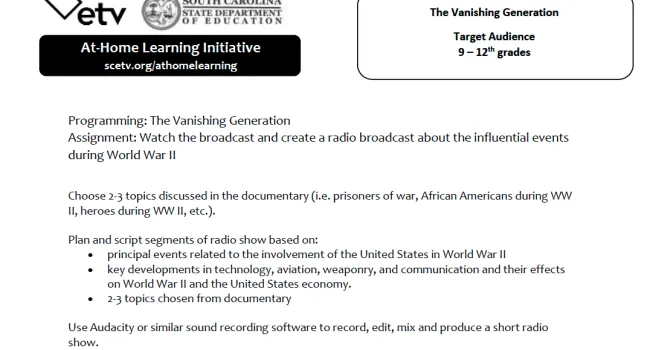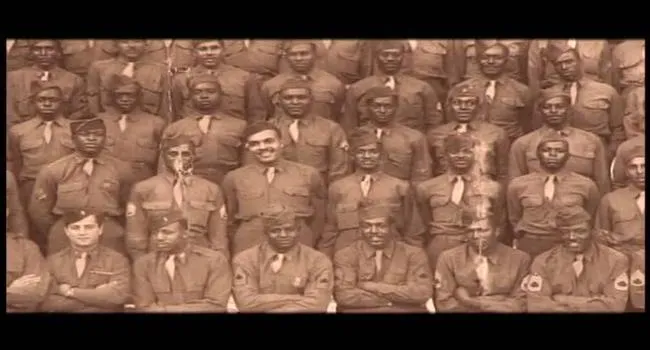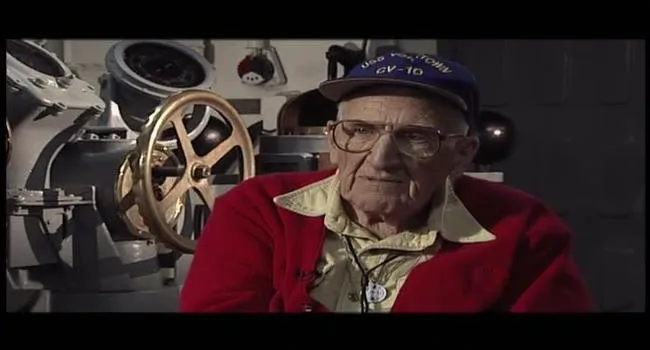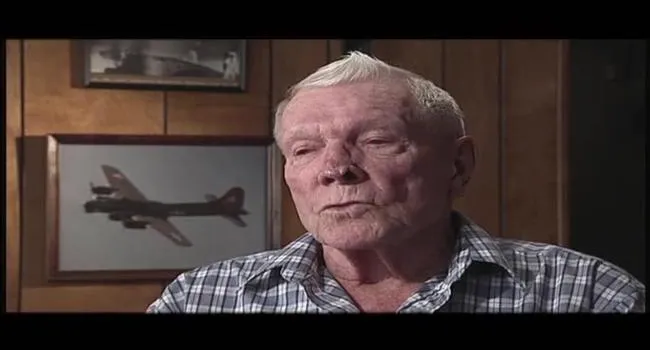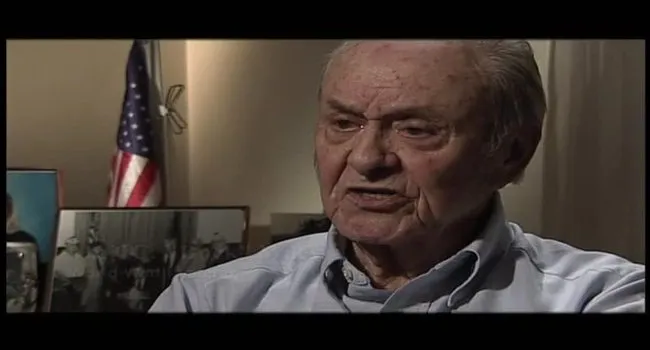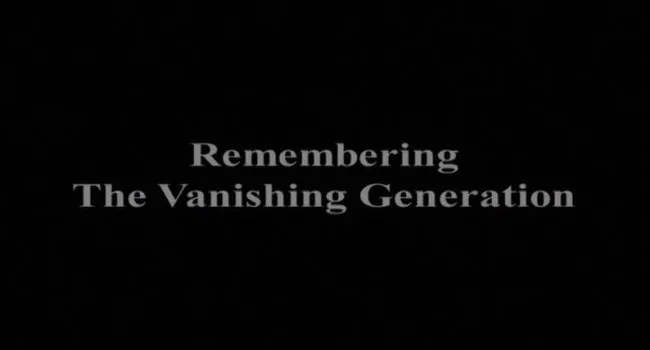Tee Senn, cryptologist, speaks of the tank battles, about the reality, not TV, and seeing a tank explode. "...For years...you wake up...it gets to you...it's something that you don't ever want to have happen again...but we do...I'm anti-war."
John Hammond Moore, LSM-R 193, recalls that on May 11, 1945, "the Japanese...it was their last big blast of kamakazes...on that day, they threw everything they had left at all the positions, including us...I saw this plane...completely out of place...off in the distance...a group of ships, two destroyers...our ship, and then two smaller ships...in the unit...we were about 50 miles off northwest of Okinawa... according to that citation, we were attacked by 156 planes...one of the destroyers set a record for the war....shot down 23 planes in 23 minutes." He continues, "...they abandoned ship, which they shouldn't have done...we went alongside and took the wounded and eventually towed the ship into the harbor." He continues the story about a friend from the Boston area who seemed to make Moore responsible for what was going on.
Standards
- 5.3 Demonstrate an understanding of the economic, political, and social effects of World War II, the Holocaust, and their aftermath (i.e., 1930–1950) on the United States and South Carolina.
- 8.5.CO Compare South Carolina and U.S. wartime contributions and demobilization after World War II.
- USHC.4.CO Develop a comparative analysis of the motives for and outcomes of American policies regarding foreign intervention.
Resources
You need to be logged in to listen to view this content. Create an account now; it's quick, easy, and free!
Log In to View